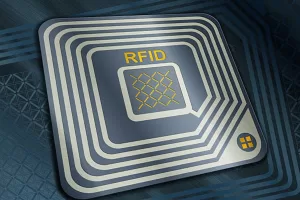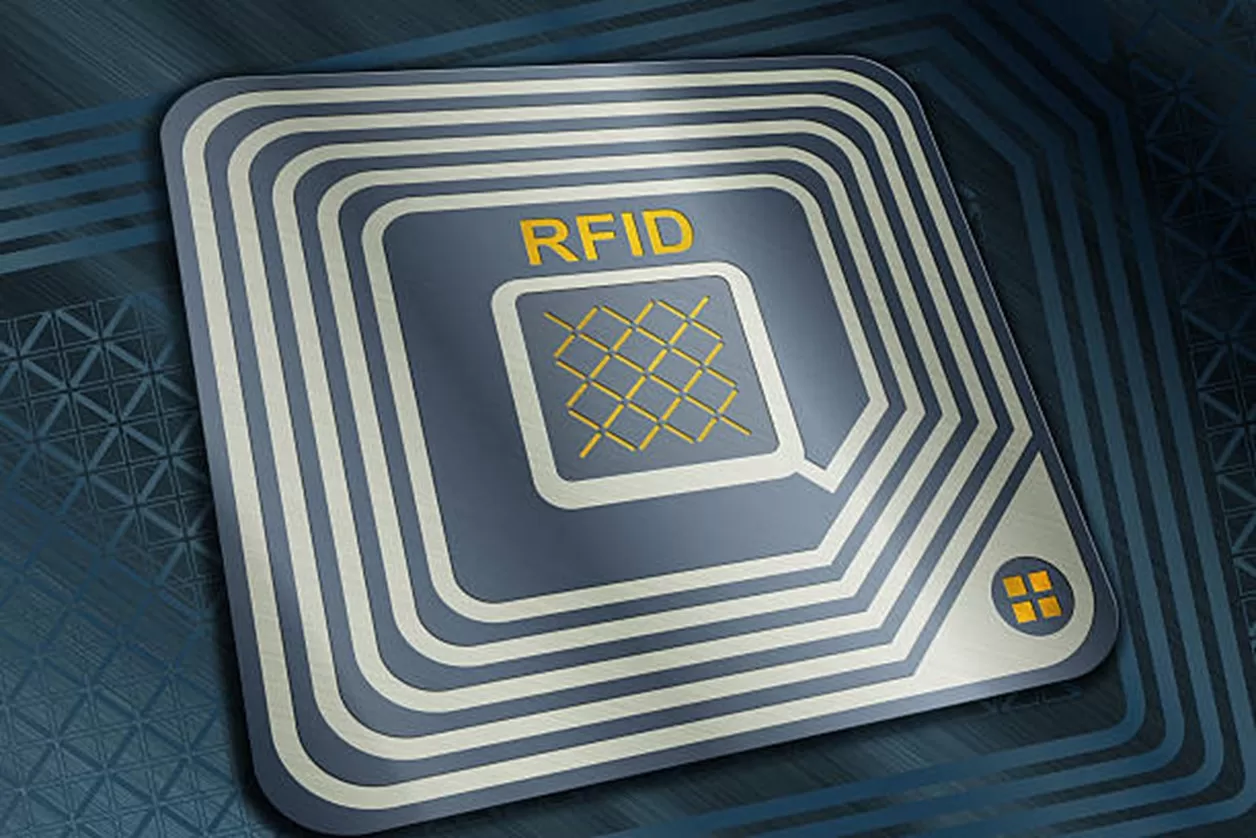RFID tags are like the eyes and ears of your inventory management system. They help libraries keep track of books, jewellers monitor their precious gems, and retailers stay informed on their merchandise. But just like any sensitive technology, RFID tags need a little care to perform their best. In this detailed guide, we'll explain step-by-step on how to take care of your RFID tags, whether you're in a library, jewellery store, or retail shop.
1. Handle with Care :
The first and most crucial step in RFID tag care is treating them delicately. No matter if you're attaching tags to library books, delicate jewellery items, or retail goods, it's essential to handle them with the utmost care. Avoid any actions that might bend, fold, or crumple the tags during application or use. Rough handling can damage the internal components of the tags, potentially leading to severe damage. When these components are compromised, the tags may lose their ability to function correctly, resulting in decreased performance or outright malfunction. Therefore, it's vital to handle RFID tags gently to ensure their longevity and effectiveness in tracking inventory and assets.

2. Avoid Exposure to Extreme Conditions :
RFID tags, like many electronic devices, are sensitive to their surroundings, particularly when it comes to temperature, moisture, and humidity. It's crucial to store tagged items in environments with moderate temperature and humidity levels to maintain the integrity of the tags. Extremes in temperature or moisture can cause the materials within the tags to expand or contract, potentially leading to damage or malfunction.
Direct sunlight is another factor to consider. Prolonged exposure to UV radiation can have detrimental effects on RFID tags. UV rays can degrade the materials used in the tags, leading to a reduction in readability and a shortened lifespan. To prevent this, it's essential to avoid exposing RFID-tagged items to direct sunlight for extended periods. This means storing them in shaded areas or using protective coverings when necessary.
3. Regular Inspection :
Regular inspection of RFID tags is a critical aspect of maintaining an efficient inventory management system. Whether you're in a library, jewellery store, or retail outlet, establishing a routine inspection schedule is essential for catching any potential issues early on.
During these inspections, it's crucial to carefully examine each RFID tag for any signs of damage or malfunction. Look out for physical damage such as cracks, tears, or detachment from the items they're attached to. Even the smallest imperfections can compromise the performance of the tags, so it's essential not to overlook any abnormalities.
If you discover any damaged RFID tags during your inspection, it's imperative to take action promptly. Replace the damaged tags with new ones to ensure the integrity of your RFID system. Delaying replacement could lead to inaccurate inventory data, lost items, or other operational disruptions, which can impact the overall efficiency of your business operations.
4. Shielding from Interference :
Shielding RFID tags from interference is crucial to maintaining accurate data transmission and optimal performance. These tags are susceptible to disruptions caused by nearby electronic devices or metal surfaces, particularly in retail environments where such equipment is used very commonly.
To mitigate interference, it's essential to be mindful of where RFID-tagged items are placed. Avoid positioning them near electronic security gates or metal shelves, as these can disrupt the tag's ability to transmit data effectively. Such interference can lead to errors in inventory tracking or missed readings, ultimately impacting the efficiency of your operations.
One effective strategy to minimize interference is to utilize shielding techniques. Specialized RFID shielding materials can be employed to create barriers that block or absorb electromagnetic signals, reducing the impact of external interference on tag performance. These materials act as a protective shield, ensuring that RFID tags can operate without disruption in environments where electronic or metal-based equipment is present.
5. Proper Tag Placement :
Proper tag placement is essential for maximizing the accuracy and performance of RFID systems across various industries.
In libraries, where RFID tags are commonly used to track books, it's best to affix the tags to the inside cover or back cover of the books. This placement helps shield the tags from external interference while ensuring they remain accessible for scanning. By avoiding metal or electronic components, such as security strips or magnetic clasps, the risk of signal transmission issues is significantly reduced.
Similarly, in jewellery stores, where delicate items require careful handling, tag placement is crucial to minimize interference and ensure reliable tracking. Attach RFID tags to non-metallic surfaces of jewellery items, such as the underside of a pendant or the back of a bracelet. This placement avoids direct contact with metal, which can disrupt signal transmission and compromise read accuracy. Alternatively, consider using specially designed jewellery tags that are optimized to minimize interference and provide reliable performance in challenging environments.
6. Regular System Maintenance :
Regular maintenance is key to ensuring that your RFID system operates at its best. Just like a well-oiled machine, your RFID system requires attention and care to maintain optimal performance.
One essential aspect of maintenance is calibrating the RFID readers. These devices need to be finely tuned to ensure accurate readings and reliable data capture. Regular calibration ensures that the readers are operating within the correct parameters and minimizing errors.
Updating software is another critical maintenance task. Technology is constantly evolving, and software updates often include bug fixes, security patches, and performance enhancements. By keeping your RFID software up-to-date, you can take advantage of the latest improvements and ensure compatibility with other systems and devices.
Conducting periodic system checks is also essential for identifying and addressing any issues promptly. This involves testing the entire RFID system, including readers, antennas, and tags, to ensure that everything is functioning correctly. By detecting and resolving problems early on, you can prevent costly downtime and minimize disruptions to your operations.
Investing in training for staff members responsible for RFID tag management is equally important. Proper handling and troubleshooting procedures are critical for maintaining the integrity of your RFID system. By providing comprehensive training, you empower your staff to effectively manage RFID tags, troubleshoot issues, and optimize system performance.
7. Secure Tagging :
Implementing robust security measures is crucial to safeguarding RFID tags and the valuable assets they are attached to.
In retail and Jewellery settings, where theft is a significant concern, it's essential to use tamper-evident tags or integrate RFID tags with existing security systems. Tamper-evident tags are designed to indicate if they have been tampered with or removed, acting as a deterrent to would-be thieves. Integrating RFID tags with security systems such as security gates and cameras allows for real-time monitoring and alerts, enabling staff to respond swiftly to any suspicious activity.
In libraries, where the primary concern is the loss of borrowed items, implementing RFID gates at entry and exit points is an effective security measure. These gates are equipped with RFID readers that can detect tagged items as they pass through, allowing staff to track borrowed items and prevent unauthorized removal.
Conclusion :
Proper care and maintenance of RFID tags are essential for libraries, jewellers, and retailers to maximize the benefits of this technology. By following these necessary steps, you can ensure the longevity and effectiveness of your RFID system .Stay vigilant, handle tags with care, and implement best practices to optimize the performance of your RFID-enabled operations.

